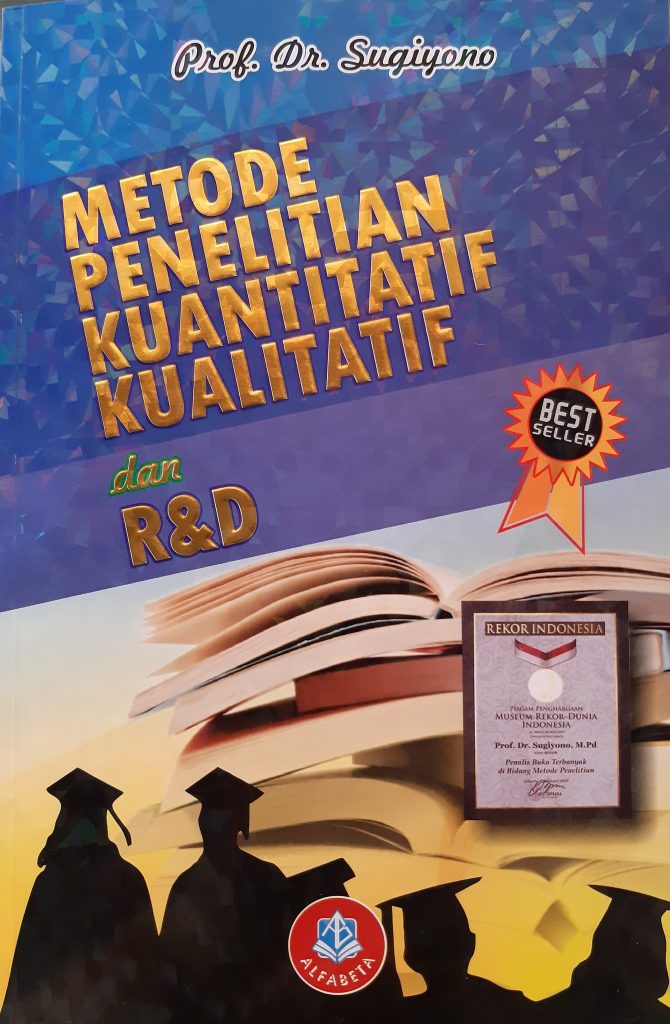


Furthermore, our findings indicate that public debt/GDP ratio, GDP growth, inflation rate, foreign exchange reserves, commodity price, and market sentiment are significant at a 5% and 10% level. Our results show that the exchange rate, Money supply/GDP (M2/GDP) ratio, and trade are insignificant. In addition, there is no autocorrelation in the error terms. This implies that the instruments used are valid and relevant.

For robustness, the time-series generalized method of moments (GMM) is used where the null hypothesis of the Sargan Test of over-identifying restrictions (OIR) and the Arellano–Bond Test of no autocorrelation are not rejected. Country-specific effects are fixed and the inclusion of dummy variables using the Bai–Perron multiple structural break test is significant at a 5% level. We employ the dynamic fixed effects model to determine the key drivers of sovereign bond spreads. This paper investigates the determinants of the sovereign risk premium in African countries. Hence, contrary to other existing ICM tests, the critical values are easily calculated while the test preserves the admissibility property of ICM tests. The corresponding projection interpretation leads us to propose a straightforward wild bootstrap procedure that requires only linear regressions to estimate the critical values irrespective of the model functional form. The proposed test falls under the category of overidentification restriction tests started by Sargan (1958, Econometrica 26, 393–415). This article proposes an omnibus test in the spirit of the ICM tests of Bierens and Ploberger (1997, Econometrica 65, 1129–1151) where the test statistic is based on the minimized value of a quadratic function of the residuals of time series econometric models. An important reason is that the employed test statistics are nonpivotal, and so critical values are not readily available. Despite their theoretical advantages, Integrated Conditional Moment (ICM) specification tests are not commonly employed in the econometrics practice.


 0 kommentar(er)
0 kommentar(er)
